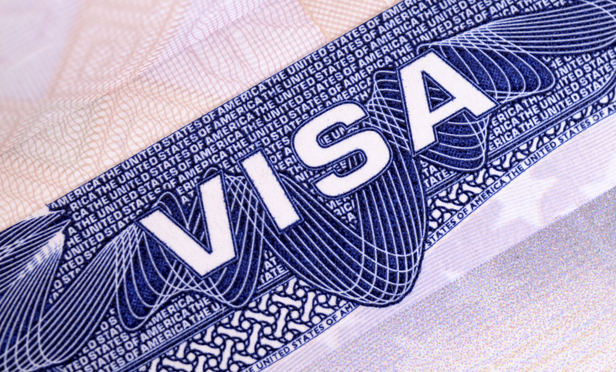The H-1B is one of the most commonly used and valuable visas for US employers of foreign professionals. US employers use it to fill specialty occupations that normally require at least a bachelor’s degree with foreign professionals who have at least the equivalent of the relevant education. Compensation and benefits must at least be as high as the average paid in the US, and there are additional provisions to protect American workers.
The program is very popular these days with both American employers and foreign nationals. It’s so popular that last April the US Citizenship and Immigration Services (USCIS) announced that the government received almost three times as many H-1B petitions than can be granted under the quota limits set by the US Congress. This applies both to the main quota classification available to foreign professionals, as well as the special 20,000 quota allocation reserved for those who earn graduate degrees at American universities.
This content has been archived. It is available through our partners, LexisNexis® and Bloomberg Law.
To view this content, please continue to their sites.
Not a Lexis Subscriber?
Subscribe Now
Not a Bloomberg Law Subscriber?
Subscribe Now
LexisNexis® and Bloomberg Law are third party online distributors of the broad collection of current and archived versions of ALM's legal news publications. LexisNexis® and Bloomberg Law customers are able to access and use ALM's content, including content from the National Law Journal, The American Lawyer, Legaltech News, The New York Law Journal, and Corporate Counsel, as well as other sources of legal information.
For questions call 1-877-256-2472 or contact us at [email protected]






